Discover 11 hidden attractions, cool sights, and unusual things to do in St Levan (United Kingdom). Don't miss out on these must-see attractions: PK Porthcurno, Tater Du Lighthouse, and The Pipers. Also, be sure to include Gwennap Head in your itinerary.
Below, you can find the list of the most amazing places you should visit in St Levan (England).
Table of Contents
PK Porthcurno
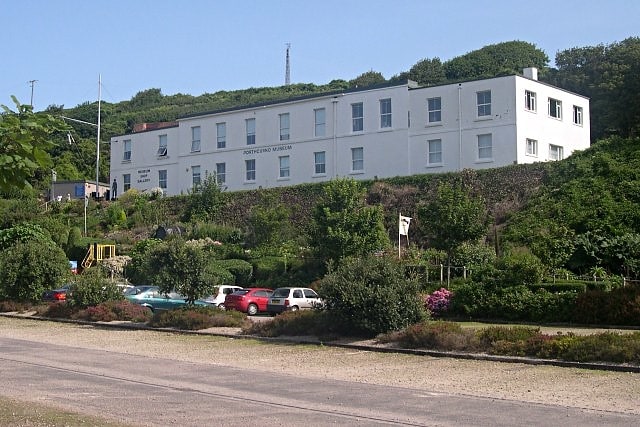
Museum in Porthcurno, England. PK Porthcurno is a museum located in the small coastal village of Porthcurno Cornwall, UK. Porthcurno was the point at which many submarine telegraph cables—transatlantic and to other locations—came ashore. The first cables were direct current impulse transmitters. The first cables with transistor amplifiers were laid in the 1950s.
The museum, which opened in May 1998, is housed in the former telegraph facility.[1]
Tater Du Lighthouse
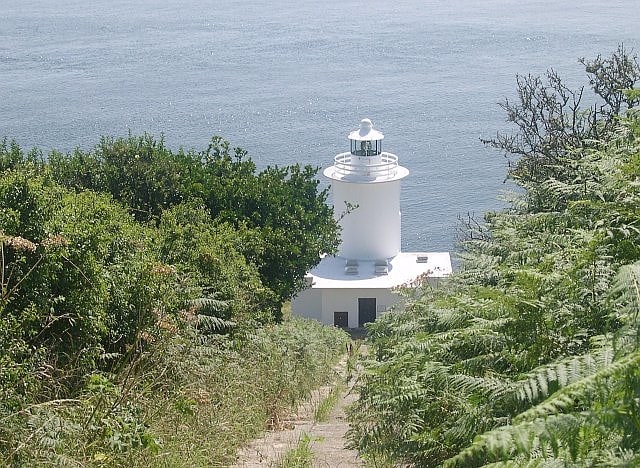
Lighthouse in England. Tater Du Lighthouse is Cornwall's most recently built lighthouse. The construction of the lighthouse came out of the tragedy of losing a small Spanish coaster called the Juan Ferrer on 23 October 1963, on the nearby Boscawen Point, the vessel capsized with the loss of 11 lives. After the tragedy the Newlyn and Mousehole Fishermen's Association put pressure on Trinity House for a lighthouse to be built, stating that similar tragedies could happen again. The lighthouse, built with concrete blocks, was first lit in July 1965.[2]
The Pipers
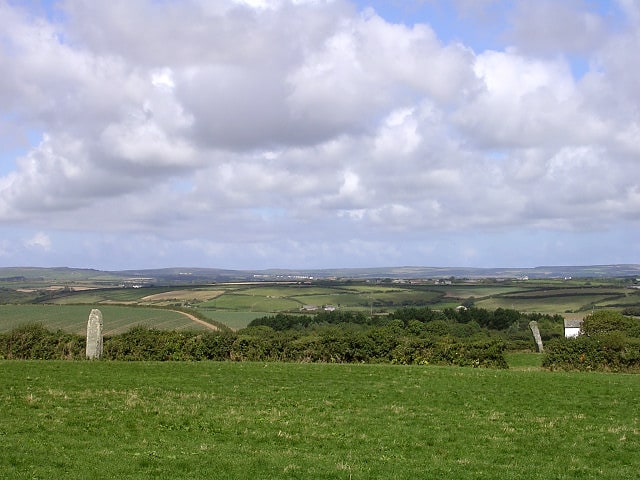
The Pipers are a pair of standing stones near The Merry Maidens stone circle located 2 miles to the south of the village of St Buryan, in Cornwall, United Kingdom.[3]
Gwennap Head
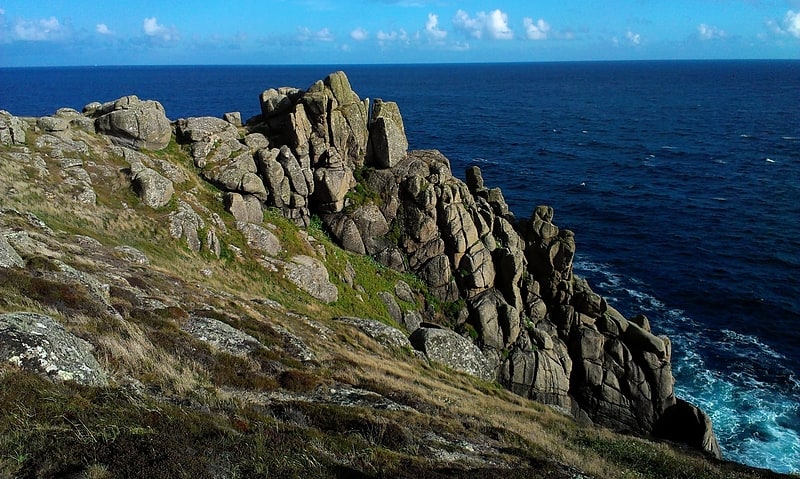
Gwennap Head is a headland on the south coast of the Penwith peninsula, Cornwall, United Kingdom. It is within the parish of St Levan and approximately 4 miles south of Land's End, and less than 1 mile north-west of Porthgwarra, the nearest village. The area of Gwennap Head is designated as part of the Penwith Heritage Coast and also designated as part of the Cornwall Area of Outstanding Natural Beauty. The South West Coast Path closely follows the coastline around the headland.
Its intricate and varied granite cliffs include the famous Chair Ladder crag, making it a popular destination for recreational climbers of all abilities. The older and more correct name for the headland is Tol-Pedn-Penwith (locally "Tol-Pedn" for short) which comes from the Cornish for 'the holed headland of Penwith', referring to the awesome vertical blowhole from the clifftop to a sea cave. From 1888 the name was changed to Gwennap Head, perhaps named after a local family, but the new name did not enter local usage until the 1970s.
The inshore waters around the headland are busy with shipping of all sizes. There is a Coastwatch station on the headland in the former coastguard building. The area is also popular with naturalists who, at the appropriate time of the year, can see rare animals such as chough (Pyrrhocorax pyrrhocorax), great shearwater (Puffinus gravis), basking shark and ocean sunfish (Mola mola).[4]
Tregiffian Burial Chamber

Historical landmark in England. The Tregiffian Burial Chamber is a Neolithic or early Bronze Age chambered tomb. It is near Lamorna in west Cornwall, United Kingdom. It is a rare form of a passage grave, known as an Entrance grave. It has an entrance passage, lined with stone slabs, which leads into a central chamber. This type of tomb is also found in the neighbouring Isles of Scilly.[5]
St Levan's Church

Church in Porthcurno, England. St Levan Church, St Levan is a parish church in the Church of England located in St Levan, Cornwall, United Kingdom. Until 1864 the church was a chapelry of the Royal Peculiar of the Deanery of St Buryan. It is now part of the united benefice of St Buryan and St Sennen.[6]
Address: St Levan, St Levan
Runnel Stone

The Runnel Stone, or Rundle Stone, is a hazardous rock pinnacle about 1-mile south of Gwennap Head, Cornwall, United Kingdom. It used to show above the surface at low water until a steamship struck it in 1923.[7]
Pedn Vounder
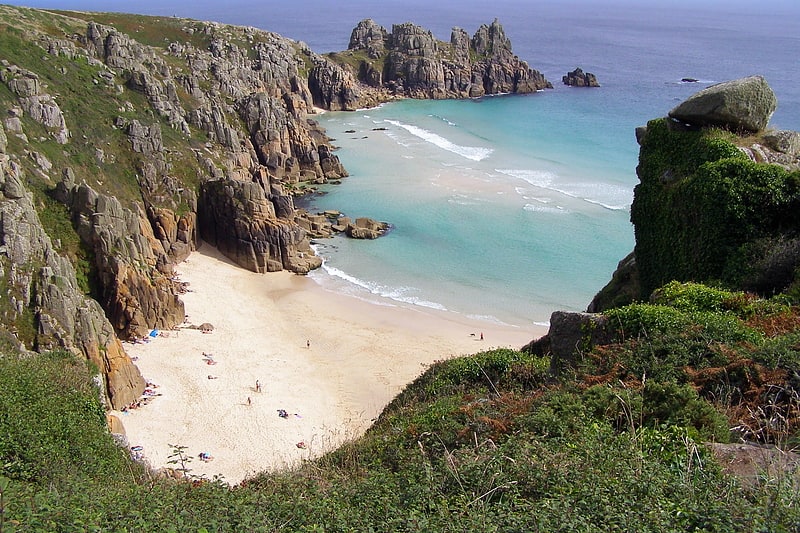
Pedn Vounder is a tidal beach on the south coast of the Penwith peninsula, Cornwall, England, UK. It is immediately to the west of the Logan Rock headland, below Treen Cliff. The name is from the Cornish 'pedn' and 'vounder'.
Access to the beach is either by boat, or on foot from the coastal path along the cliffs. The top of this path may be approached from Porthcurno (approximately 3/4 mi to the west) or Treen (approximately 5/8 mi to the north). The final stage of the descent from the coastal path requires some climbing down steep rocks at the western end of the beach. It is sometimes possible to walk from Porthcurno beach along the shore, during low water of a spring tide. In common with some of the other secluded coves on the Penwith peninsula, this beach is an unofficial naturist beach. Signs on the cliff above the beach warn that swimming off the far side of the sand bar is dangerous due to strong currents.
In 1880 a wooden hut was built above the beach to house a submarine communications cable from Brest, France. It connected with a land line running via the Trereen valley, and by Burnewhall to Sheffield and on to Newlyn and Penzance. At this time Porthcurno was known world-wide as the British terminal of submarine telegraph cables.[8]
Nanjizal
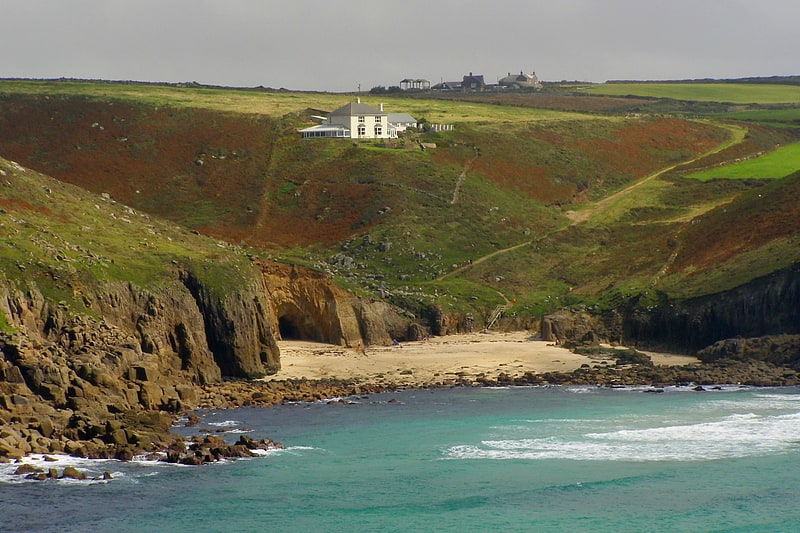
Nanjizal, also known as Mill Bay, is a beach and cove in the civil parish of St Levan, Cornwall, United Kingdom. Situated one mile to the south-east of Land's End, Nanjizal has no direct access via road, and is usually reached via the South West Coast Path from Land's End in the north, or from Porthgwarra to the south. Nanjizal is also a noted bird watching location.[9]
Porthcurno
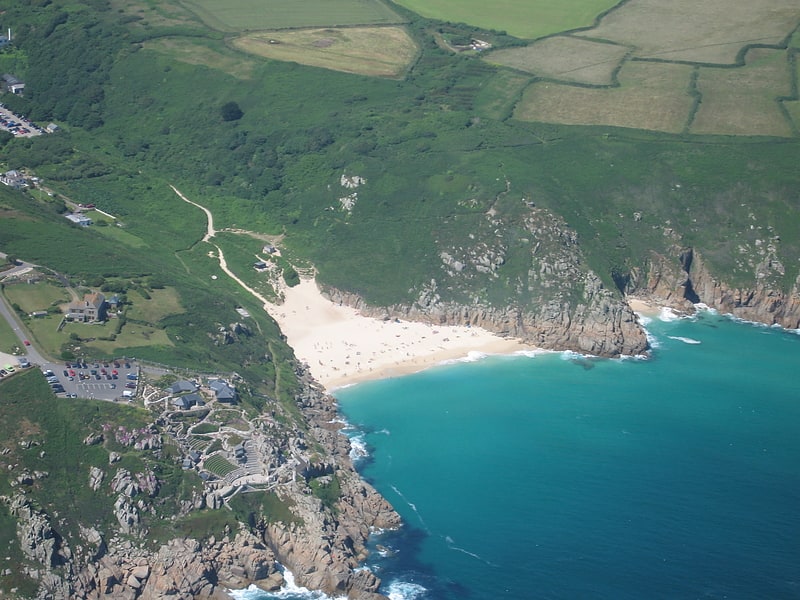
Village in England. Porthcurno is a small village covering a small valley and beach on the south coast of Cornwall, England in the United Kingdom. It is the main settlement in a civil and an ecclesiastical parish, both named St Levan, which comprise Porthcurno, diminutive St Levan itself, Trethewey and Treen.
It is centred 6.6 miles (10.6 km) west of the railway, market and resort town of Penzance and 2.5 miles (4.0 km) from Land's End, the most westerly point of the English mainland. Road access is via the north end of the valley along a long cul-de-sac with short branches off the B3283 and land traditionally associated with the village, including its beach, is on the South West Coast Path.[10]
St Loy's Cove
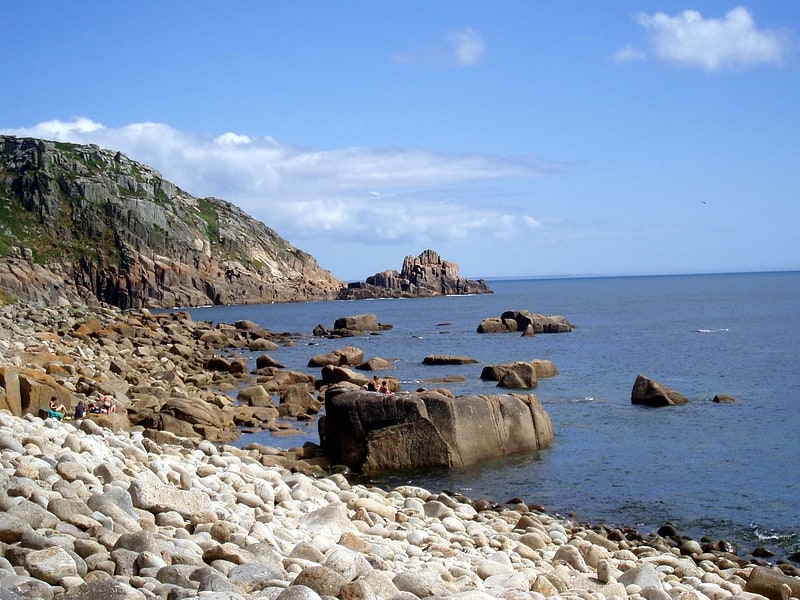
St Loy's Cove is a small wooded valley and beach in the civil parish of St Buryan in Cornwall, England, UK. It is located two miles to the south of St Buryan churchtown, and between Penberth and Lamorna. There are just a few buildings in the cove, one of which, Cove Cottage, provides bed and breakfast and a cafe. St Loy's is within the Cornwall Area of Outstanding Natural Beauty, the Boscawen SSSI and is part of a GCR Geological Conservation Review site. The South West Coast Path passes through the cove.[11]